Roth Heating & Air’s Guide to Managing Wichita Home Humidity with HVAC Systems
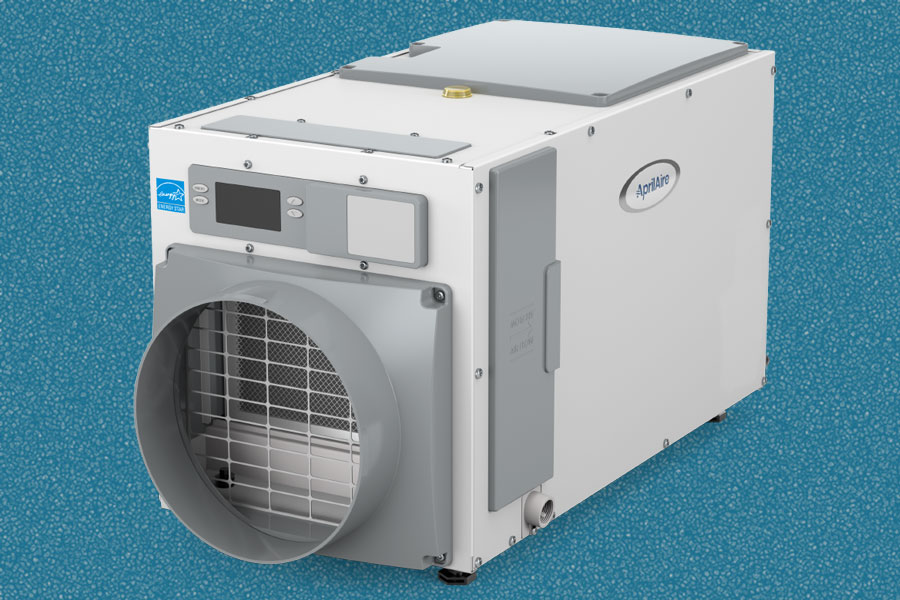
As the weather starts to warm up in Wichita, homeowners may begin to notice an increase in humidity levels inside their homes. Excess humidity can lead to discomfort, mold growth, and even damage to your home’s structure. Fortunately, your HVAC system can help you manage indoor humidity levels to keep your home comfortable and healthy. In this blog post, we will discuss how your HVAC system can help regulate humidity, the role of dehumidifiers in enhancing efficiency, tips for maintaining optimal humidity levels, and the professional HVAC services available in Wichita.
Understanding the Impact of Humidity on Indoor Comfort
Humidity, or the presence of moisture in the air, plays a significant role in how comfortable you feel in your home. When there’s too much humidity, the air can feel oppressively heavy and sticky, making it difficult to cool down and leading to an overall sense of discomfort. This excessive moisture doesn’t just affect your comfort—it also creates an ideal environment for the proliferation of mold and mildew, which pose risks to both your health and the structural integrity of your home. Conversely, air that’s too dry isn’t comfortable either; it can cause dry skin, irritate your respiratory system, and increase static electricity. Striking the right balance of humidity is key to maintaining a pleasant, healthy living environment. Adjusting humidity levels to the sweet spot can enhance your sense of well-being and create a more inviting atmosphere within your home.
How Your HVAC System Helps Manage Humidity
Central to controlling indoor moisture levels, your HVAC system efficiently mitigates excessive humidity, ensuring your living space remains comfortable and safeguarded against moisture-related concerns. Through the air conditioning process, it skillfully extracts surplus moisture by cooling the air; this cooling action prompts the moisture to condense and subsequently be drained away, effectively reducing humidity. Moreover, systems equipped with variable-speed blower motors excel in humidity management. These advanced systems operate at lower speeds for extended durations, promoting enhanced dehumidification by allowing air to circulate more thoroughly and moisture to be removed more efficiently. This methodical approach to humidity control underscores the vital role your HVAC plays in maintaining a balanced and comfortable indoor atmosphere, free from the complications high humidity levels can introduce.
The Role of Dehumidifiers in Enhancing HVAC Efficiency
In the battle against high humidity within your home, integrating a dehumidifier with your HVAC system emerges as a strategic move to amplify comfort and operational efficiency. Dehumidifiers directly tackle the moisture overload in the air, allowing your HVAC system to focus more on temperature regulation rather than moisture extraction. This division of labor not only leads to a noticeable improvement in the atmosphere of your home but also contributes to the longevity of your HVAC system. By lightening the load on your air conditioning unit, a dehumidifier ensures that your system doesn’t have to work overtime to achieve the desired indoor climate, thus conserving energy and reducing wear and tear on the system components.
The synergy between dehumidifiers and HVAC units is particularly beneficial during the sweltering summer months in Wichita, when humidity levels can soar and challenge the capabilities of your air conditioning system. Adding a dehumidifier into the mix means your living space achieves the perfect balance of cool and dry air more efficiently. This not only enhances the comfort levels in your home but also optimizes energy use, translating to savings on your energy bills. Thus, the incorporation of a dehumidifier is a smart approach to maximizing the performance and efficiency of your HVAC system, ensuring your home remains a comfortable sanctuary regardless of the humidity outside.
Tips for Maintaining Optimal Humidity Levels
To uphold the ideal humidity levels within your Wichita residence, several proactive measures can be undertaken alongside leveraging your HVAC system and dehumidifier. Firstly, incorporating exhaust fans within moisture-heavy areas, such as your bathroom and kitchen, is crucial. These fans play a pivotal role in extracting humid air directly from these spaces, preventing the accumulation of excess moisture. Additionally, enhancing the ventilation in your home is beneficial. This can be achieved by periodically opening windows to allow fresh air to circulate and by utilizing ceiling fans to promote air movement throughout your living space.
Another key strategy is vigilance regarding the structural integrity of your home. Regular inspections for leaks in roofing, plumbing, or foundation and prompt repairs can significantly mitigate unintended moisture intrusion, which contributes to elevated indoor humidity levels.
Employing a hygrometer to accurately measure the humidity in your home offers the advantage of real-time data. This enables you to adjust your humidity control strategies effectively, ensuring that your living environment maintains a comfortable and healthy balance of moisture. By adopting these practices, you can contribute significantly to maintaining the desired humidity levels, enhancing both the comfort and healthfulness of your home.
Professional HVAC Services in Wichita
For homeowners grappling with high humidity levels and seeking to achieve that perfect indoor climate, professional HVAC services become indispensable. Roth Heating & Air stands ready to address the humidity challenges unique to Wichita homes. Our comprehensive suite of services includes expert installation, meticulous maintenance, and adept repairs of HVAC systems, along with specialized dehumidifier integration. Our skilled technicians, armed with in-depth knowledge and state-of-the-art tools, conduct thorough evaluations to pinpoint the specific needs of your residence. We craft tailored solutions designed not just to manage humidity but to enhance overall air quality and system efficiency. Beyond immediate fixes, we offer insights on preventive maintenance and optimal operation of your HVAC and dehumidifying equipment, ensuring your home’s climate control system operates smoothly across all seasons. Partnering with Roth Heating & Air translates to a steadfast commitment to your comfort, the longevity of your HVAC system, and the health of your indoor environment. Embrace a balanced and comfortable home atmosphere with our professional assistance, and navigate Wichita’s fluctuating humidity with confidence.

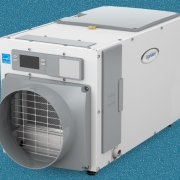 Roth Heating & Air
Roth Heating & Air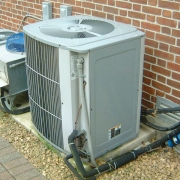 Roth Heating & Air
Roth Heating & Air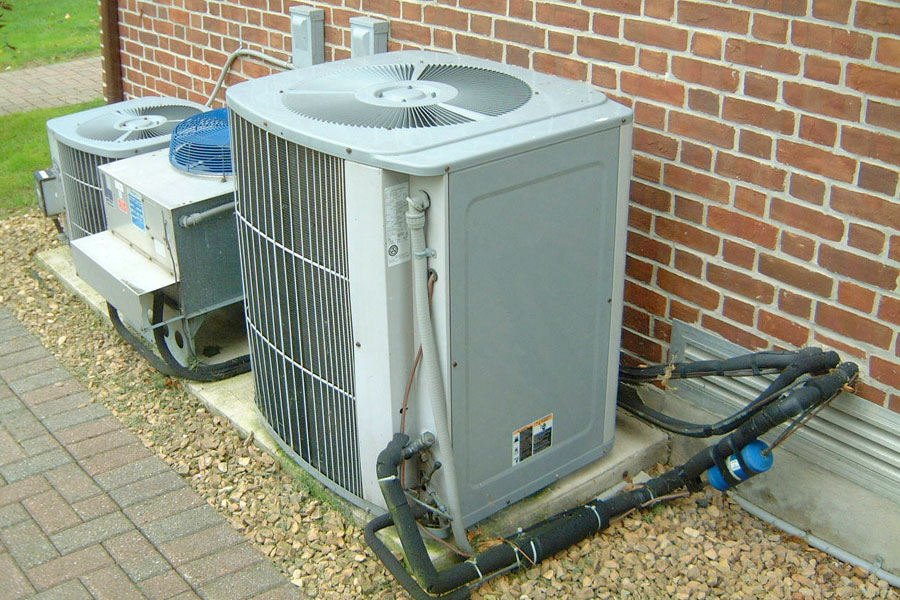
 Roth Heating & Air
Roth Heating & Air
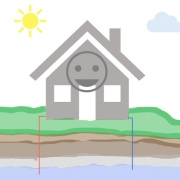 Roth Heating & Air
Roth Heating & Air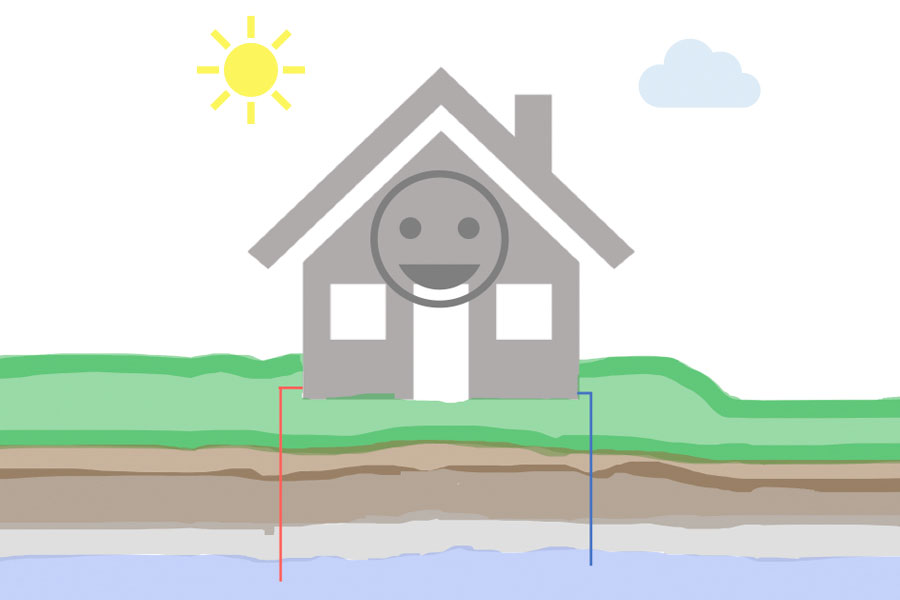
 Roth Heating & Air
Roth Heating & Air
 Roth Heating & Air
Roth Heating & Air
Follow Us!